13 Simple Ideas for Teaching Geography
This post shares 13 ideas for teaching geography in your homeschool, many of which are completely free! You could call this our hands-on, child-led, simple geography curriculum for elementary school.
Don’t let this title fool you – I have actually “taught” my children very little geography, in the traditional sense of the word. Big Brother has had an interest in the topic for over a year – now bordering on an obsession – and his brothers and sister, in true younger-sibling fashion, have fully embraced it as well. Their knowledge of geography far surpasses my own at this point, and it’s been (almost) entirely their own doing! Interest based learning for the win, my friends.
My role has not been to sit them down and “teach” them anything but instead to provide resources to encourage their interest and expand their knowledge; and those ideas for teaching geography are what I would like to share in this post. I’ve seen the striking power of what Charlotte Mason calls “masterly inactivity” – in providing some books, resources or materials and then quietly standing back to observe how the children use them.
Even if your children are not map-crazy the way that mine are, maybe you could find some of these ideas helpful to introduce or reinforce the subject. Geography is an important subject because of how closely it overlaps with history, and literature, and science, and current events, and Bible study, and more! I’ve seen first-hand how my own understanding of those subjects has been enriched as I have learned more geography – all thanks to my boys.
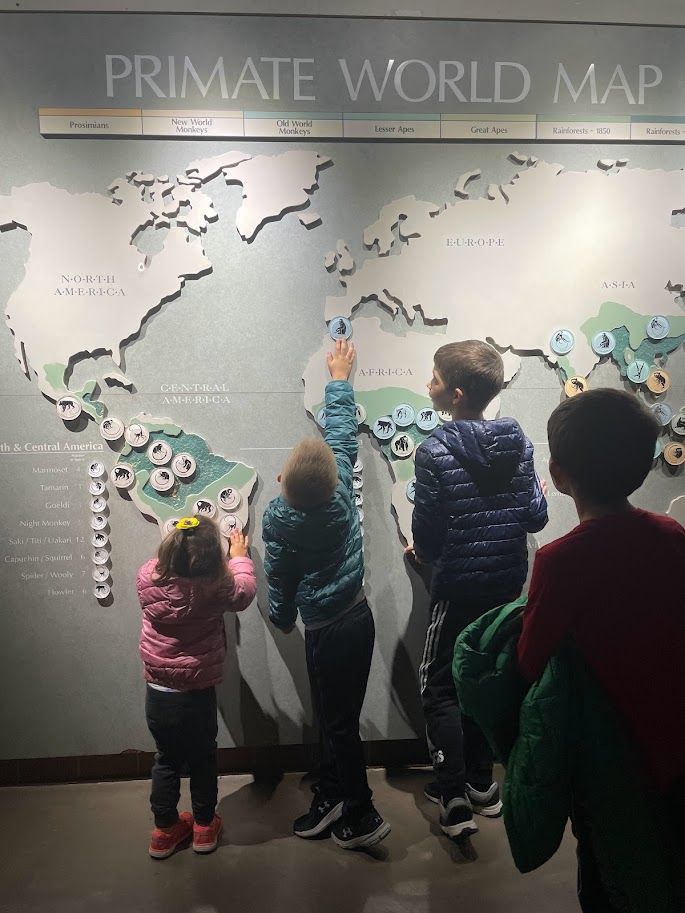
Here are some simple, hands-on ways that we have practiced & played with geography skills in our home.
13 Ideas for Teaching Geography in Your Homeschool
– An accurate, up-to-date Globe: which is probably the single best and most-used homeschool purchase I have ever made. I cannot even count the hours our kids have spent poring over it, and it’s incredibly useful when reading other books to be able to pull it out and see exactly where a story or event took place.
– Atlases & tracing paper: we own a few atlases and regularly check out more from the library. Kids atlases are fun (like this one), grownup ones are more detailed, and one of our boys’ favorite things to do is sit down with a pile of tracing paper and trace a few maps. I know, it’s weird – but they are learning SO much.
– Holling Clancy Holling books: I got this idea from Beautiful Feet Books, where they use Holling’s books in their geography pack as well as a few lovely maps. We’ve checked out a couple from the library, bought a few for ourselves, and they have been a big hit. His pictures are lovely, the stories are engaging, and our country’s geography is seamlessly woven throughout. However, be warned that it’s a lot of text for young children – so when we read them it’s usually just a page or two at a time.
– Library books: every library trip for the past year has included at least one atlas or book about another state or country. We never read them cover to cover – much of it is dense, and are there really any first graders that actually care what Delaware’s main industries are? – but we will find interesting bits and pieces to read, or the boys will just find the best map inside and copy it down.
– Picture It! Pin Maps: this one I actually found, bought, and introduced to Big Brother before his map mania began. I liked the idea of a hands-on activity that was not just reading or writing, and our boys have enjoyed them immensely. The maps are well-done, good quality, a fair price, and only require a small bit of assembly. I’d say that kids probably need to be able to read to get the most out of them, but once they can read the labels, it’s a great learning activity that they can do on their own without my help.
– Puzzles: there are many good world or USA map puzzles just an internet search away, and if your kids are puzzle lovers, it’s a great way to introduce them to maps! This one has been enjoyed many times in our house (probably best for ages 5 and up). It has also been a valuable reinforcement for our boys of where each country or state actually is, as they slowly work to put the pieces together.
– Workbooks: I buy geography workbooks occasionally, if they are not too pricey, and hand them to my boys with the instruction to do whatever they want with them. I don’t know if I would use these if they didn’t already like geography – we are not big workbook users in our homeschool – but on a topic they love, it can be a fun activity. I will not assign them pages or make them complete the whole thing, and I haven’t even looked to see what they have done in these workbooks. Sometimes I will see them cutting out a picture of a map, or filling in the answers to some questions, or scribbling over the picture of their favorite state – and it’s all fine. It’s just an extra activity if they want it.
– Maps Charts and Graphs: this is the one and only workbook that I scheduled for Big Brother as part of his regular school time last year, and he has enjoyed it. I like that it is introducing him to some other concepts too (the Charts and Graphs, that is) besides just maps; the only downside is that these are old, a little hard to find, and have not been updated, so not all the information is current. I have learned that maps and flags actually change fairly frequently!
– Free online printables: it’s super easy to do a Google search for “africa,” find a blank map of the continent, print it off and hand it to your child to color in. Or you can print a world map and ask them to label the continents and oceans. Or have them color in the United States and label the ones they know. It’s easy and free, and if your child likes to color or draw it could be a good way to introduce them to geography.
– Large wall maps: Charlotte Mason says “Atmosphere” is one part of the Great Homeschooling Trifecta (my words, not hers – the other two being Discipline and Life) and just having a map on the wall to look at makes a huge difference. I find it magically generating conversations, sparking imaginations, and inviting kids to stop and linger and stare.
– Etsy homeschool printables: these are not free, but Etsy is actually a valuable resource for homeschooling. No matter what you are studying – birds, the solar system, world geography, ancient history, etc – there is *probably* a pack of printables for sale that someone has created for that topic. I did a quick search for “geography printable” and found many bundles that can be bought (usually $15 or less), downloaded, printed at home, and used as much as you like. They might have tracing activities, or cards to match up, or simply beautiful posters & illustrations that you can hang around your home. I have printed & laminated some maps that I bought there so that our boys can write on them with wet erase markers, wash it off, and use it again.
– Music helps: thanks to a couple YouTube videos, our boys have memorized the names of all the countries of the world in order from smallest to largest (yes, there’s a song for that) as well as their flags. Memorizing anything is so much easier when it’s put to music!
– Make it Real & Local: the world, our country, and even our own state can feel so vast that it is hard for little minds to understand that these are Real Places in Real Life. We have tried to make maps more concrete and less abstract by creating maps of our street, our home, or even just one room. Sometimes for a game I will draw a map of one room of our house, labeling a few doors or windows or pieces of furniture, and then have the boys guess which room it is (and then of course they also want to draw some for me to guess). You can teach your children about the cardinal directions and have them watch the sun and their shadow as it moves across the sky – this is a concrete idea they can see and experience. When we go on a road trip I try to print off a map of our route so the kids can see a real-life application of how we use a map and what it’s like to see different cities on a map as we physically drive through them.
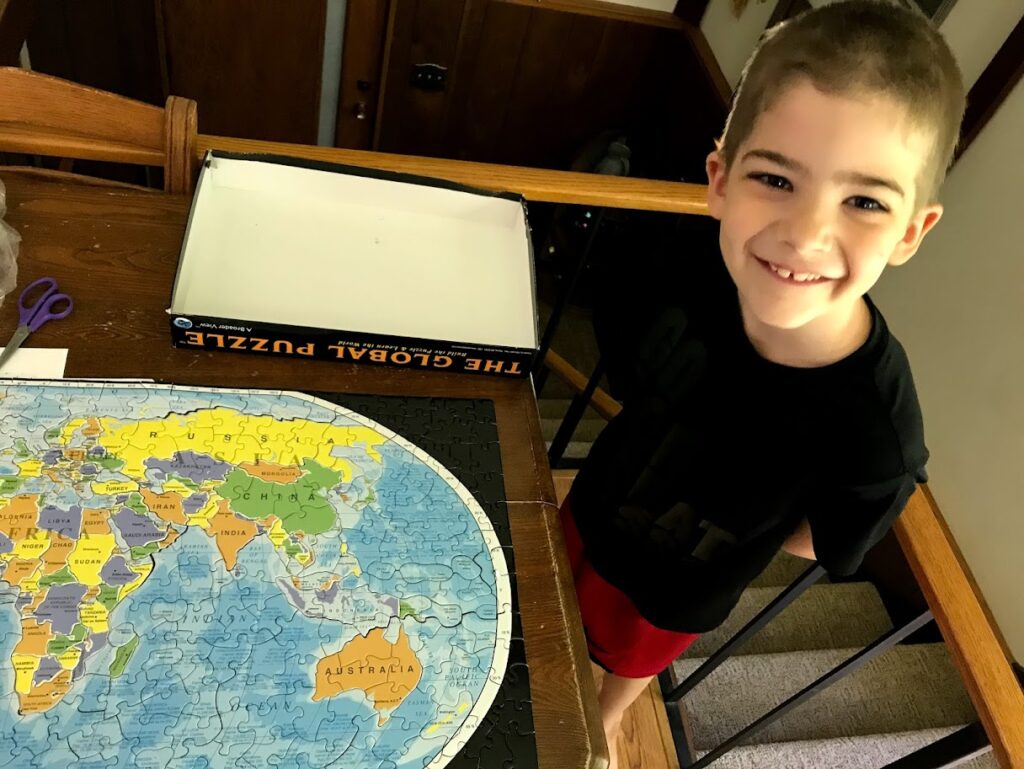
Finally, don’t be afraid to encourage make-believe play with maps. Our boys have all created at least one make-believe country or world of their own, complete with country names and states and bodies of water and more. It may seem silly, but a large part of how children internalize information is through play – by creating their own fantasy versions of it and playing imaginary stories with it. Plus, it generates a lot of laughs when your child tells you in great detail about their imaginary countries named Noltiari and Bozine and South Palubo and Snezerlinsteiny!
There you have our geography “curriculum”! It might sound like a lot, but it’s really not – because we don’t do all of this every day (or even every week), and also because they love it, which makes all the difference.
Originally written July 15 2021

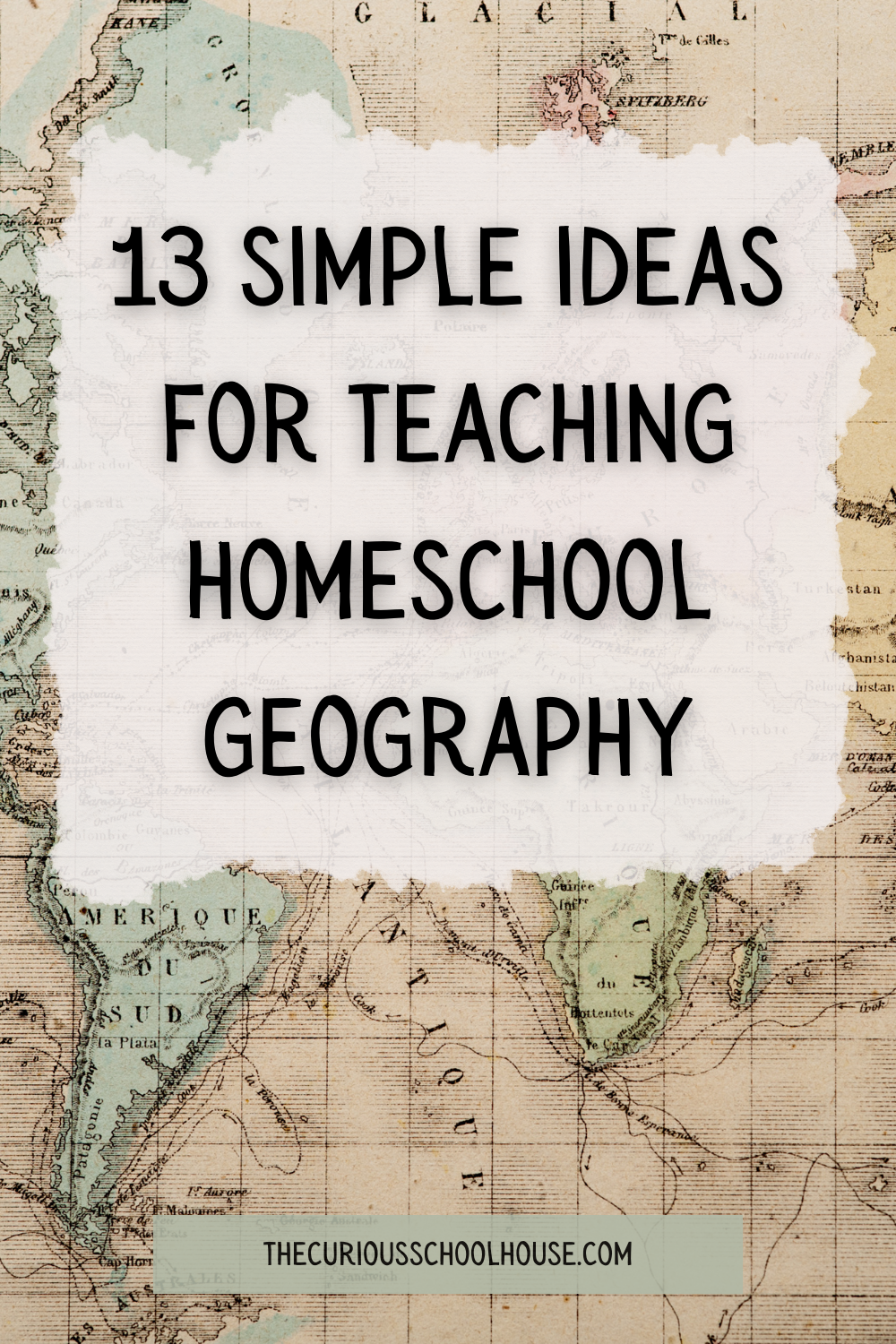
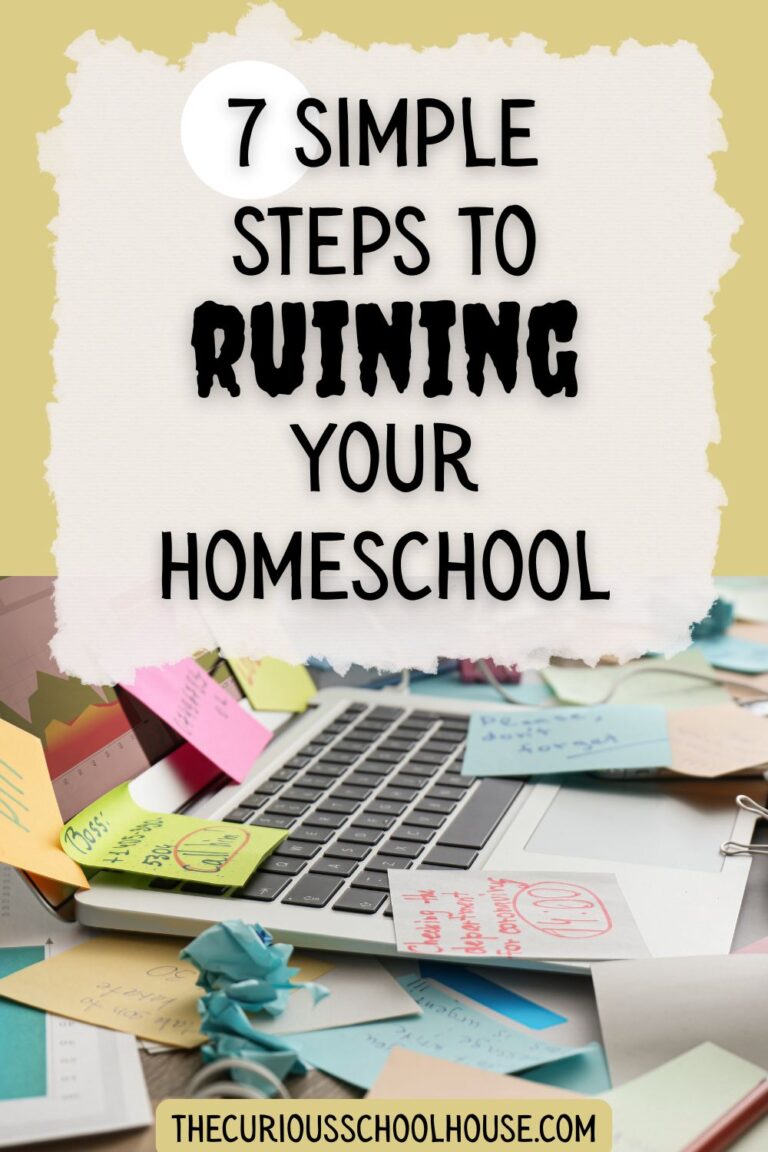
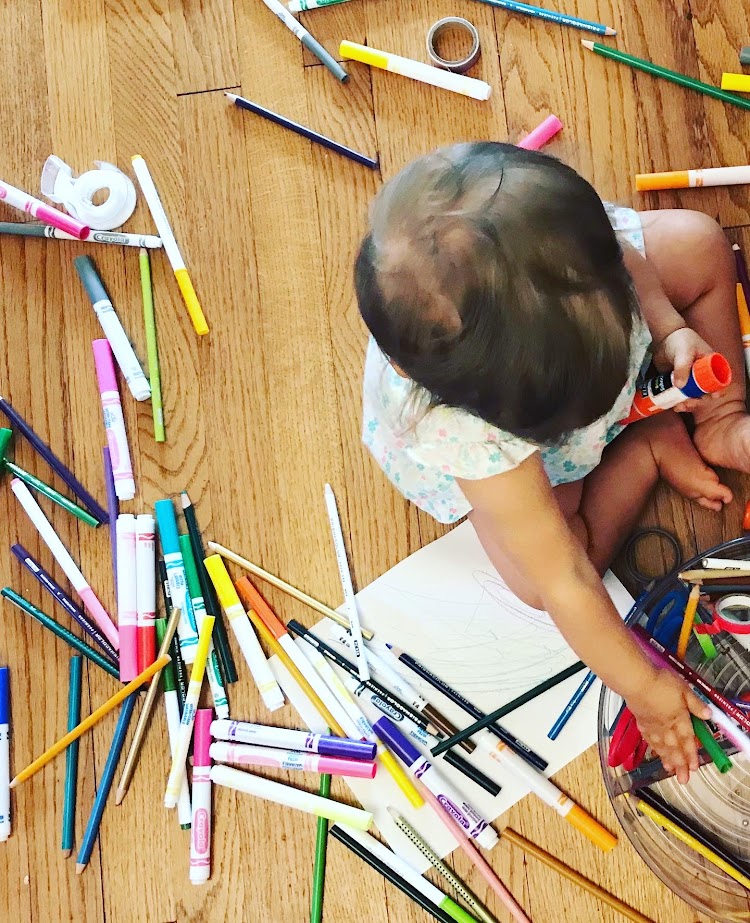
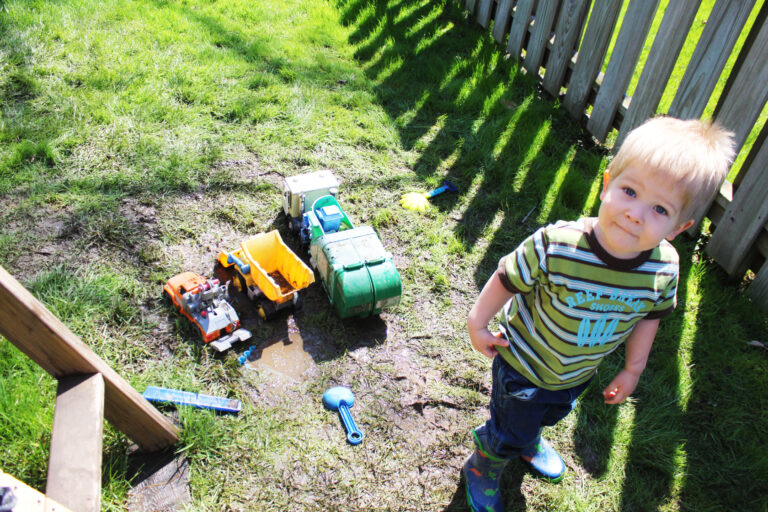
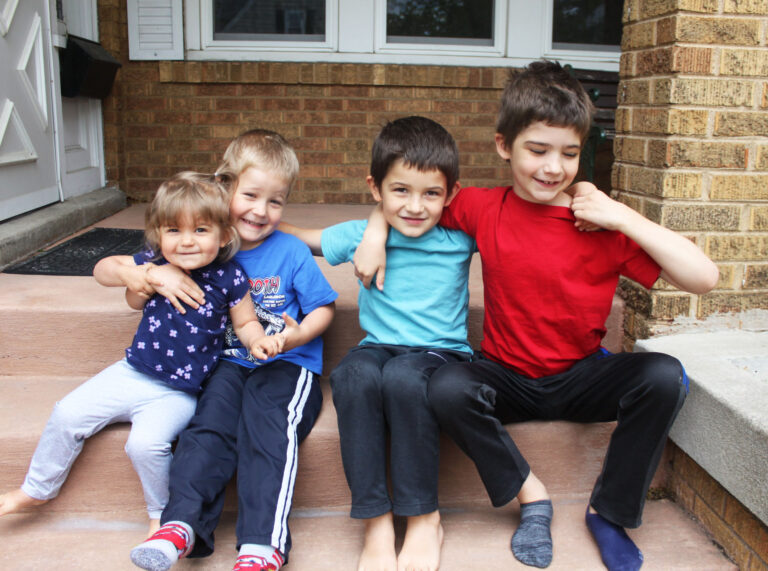
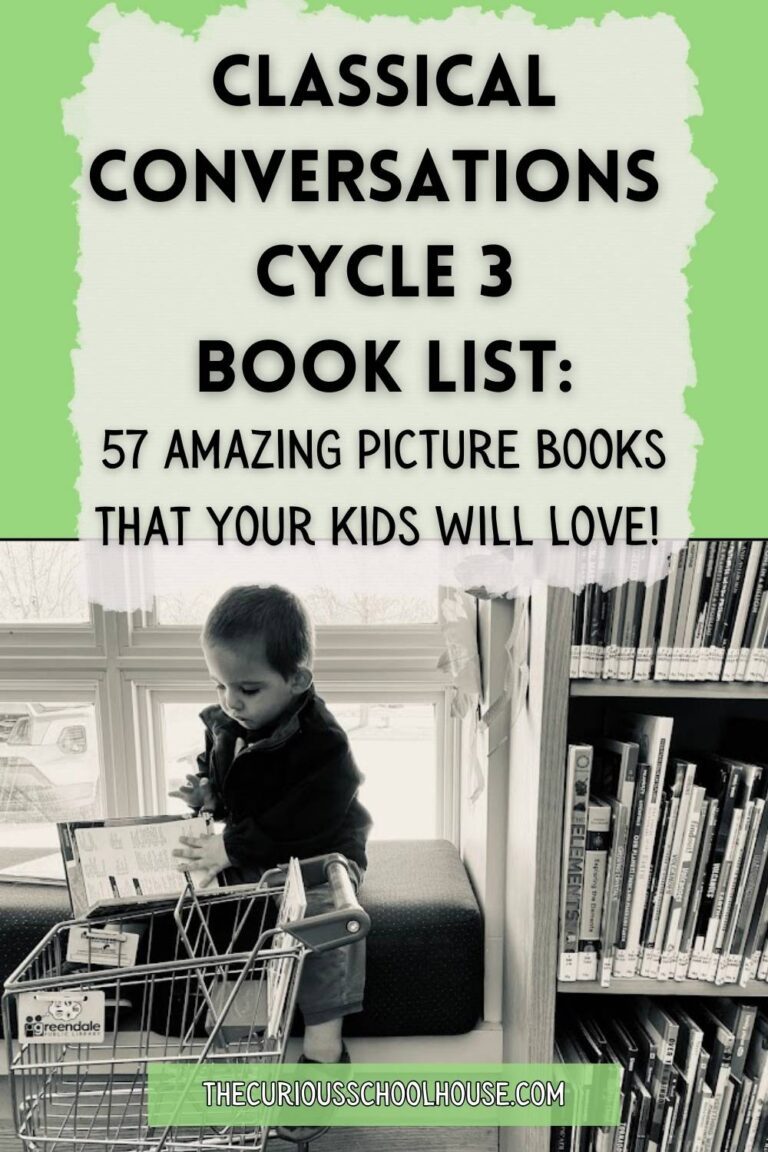
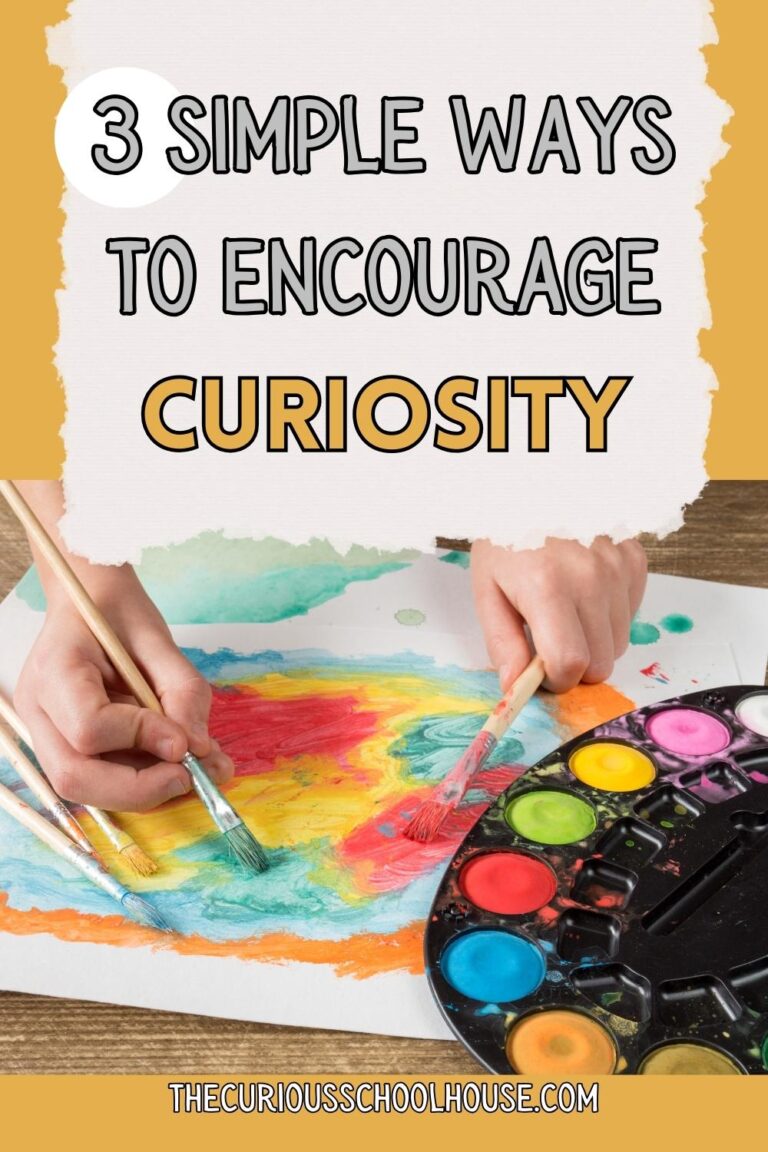
Love this!!